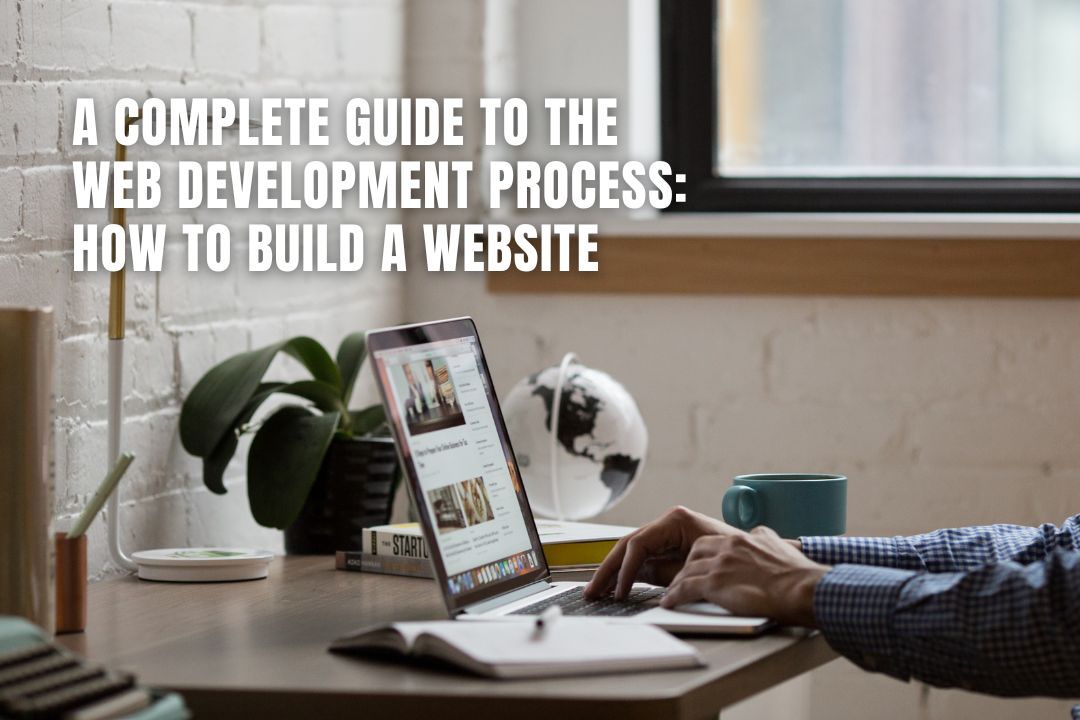
Table of Contents
Website Development: A Complete Beginner’s Guide to Building Your Online Presence”
In today’s digital age, Website Development having a website is no longer a luxury—it’s a must-have. Whether you’re running a business, offering a service, or starting a personal blog, a website helps you reach your audience 24/7. But how does a website come to life? That’s where Website Development comes in!
Let’s understand what website development is, why it’s important, and how the whole process works—step by step.
💻 What is Website Development?
Website development is the process of building and maintaining a website. It involves everything from creating the design and structure to writing the code and making it live on the internet. There are two main parts:
- Front-end development: What users see (design, layout, buttons, images, etc.)
- Back-end development: What users don’t see (server, database, and application logic)
Together, both make a website function smoothly and look attractive.
🧑💼 Why is Website Development Important?
- First Impressions Matter: Your website is often the first thing people see about your brand. A well-developed site builds trust instantly.
- Available 24/7: Unlike a physical store, your website is open all the time—anyone can visit anytime.
- Reaches More People: It helps you connect with a global audience.
- Showcases Your Services: Your website is a portfolio, an online store, and an info hub—all in one!
- Drives Sales and Leads: A good website helps convert visitors into customers.
🛠️ Steps in Website Development

Let’s break down the development process into simple steps:
1. Planning
Before building, you need to plan. What is the website for? Who is the target audience? What features should it have? This stage sets the foundation.
2. Designing the Layout
Next, you create a visual mockup or wireframe of the site. This includes the homepage, service pages, contact form, etc. Tools like Figma or Adobe XD help designers in this stage.
3. Choosing a Platform
You can either:
- Use a CMS (like WordPress) – great for beginners and bloggers.
- Go for custom coding using HTML, CSS, JavaScript – preferred for unique, advanced websites.
4. Development (Coding)
Now the real building begins. Developers write code for the front-end (what users see) and back-end (server, database).
- Front-End: HTML, CSS, JavaScript
- Back-End: PHP, Python, Node.js, etc.
5. Testing
Once developed, the site is tested on different devices (mobile, desktop, tablet) and browsers (Chrome, Safari, Firefox) to make sure everything works properly.
6. Launch
The website is now made live by uploading it to a hosting server and linking it with a domain name (like https://bookyourdigitalstory.com/contact-us/).
7. Maintenance
Even after launch, the site needs regular updates, backups, and security checks to run smoothly.
🌐 Static vs Dynamic Websites
- Static Website: Simple, fixed content. Best for portfolios or basic info sites.
- Dynamic Website: Content changes based on user interaction. Ideal for e-commerce, blogs, and membership sites.
🔧 Tools & Technologies Used

- Languages: HTML, CSS, JavaScript, PHP, Python
- CMS Platforms: WordPress and Shopify
- Frameworks: React.js, Angular, Laravel
- Databases: MySQL, MongoDB
- Hosting Services: Bluehost, Hostinger, and GoDaddy
📈 SEO in Web Development
Website development and SEO (Search Engine Optimization) go hand-in-hand. A properly developed website should be:
- Mobile-friendly
- Fast-loading
- Easy to navigate
- Search engine friendly
These help in ranking better on Google and reaching more users organically.
🧠 Final Thoughts
Website development may sound technical, but with the right planning and tools, anyone can build a beautiful and functional website. Whether you use a CMS like WordPress or go for custom development, your online presence starts with a solid website.
In short:
A well-developed website = better trust + more traffic + more sales.
So if you’re thinking about going online, don’t wait! Start planning your website today. And if you need help, you can always reach out to professionals who build websites tailored to your needs.
Let me know if you’d like a shorter version, or one tailored for a wedding photography website or digital marketing audience!





